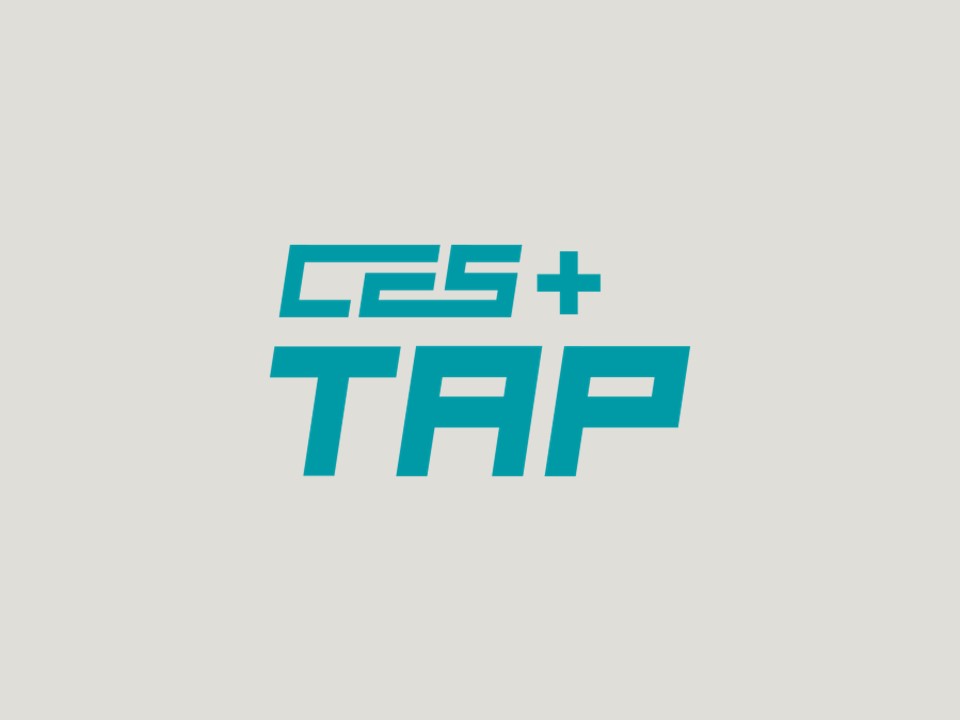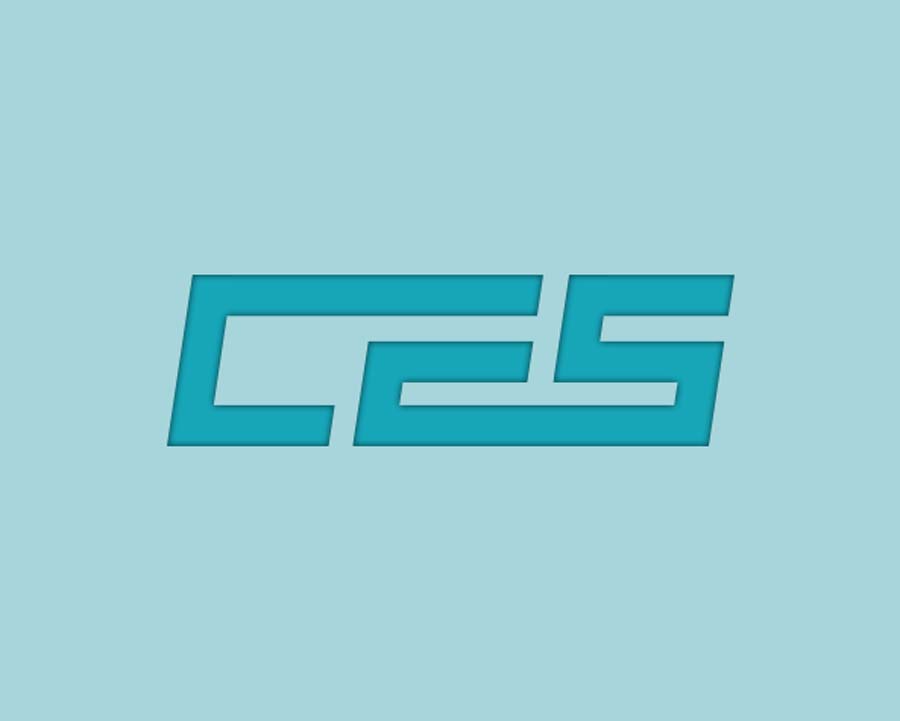
Compliance Corner – May 2024
Do You Have the Tools When Implementing the Discipline Rules? (Part 4 of 4)
By Cindy Soo Hoo, TAP Consultant csoohoo@ces.org
It’s almost the end of another school year! Are you counting down the days? No doubt, students had a school year full of learning opportunities. Now, everyone is looking forward to a summer of fun! With the school year coming to a close, there are many duties and responsibilities yet to be performed. One of the final responsibilities for the school year is determining progress toward goals for students.
Previously, we discussed the importance of having a comprehensive present levels of academic achievement and functional performance (PLAAFP) section of the Individualized Education Program (IEP) in order to determine appropriate goals for students. This section of the IEP lays the foundation or baseline of what the student can do. Providing a concise PLAAFP provides the IEP Team with information to not only determine appropriate goals but also determine the appropriate supports and services the student needs.
In turn, goals developed for the student are based on a comprehensive and concise PLAAFP. As a result, they focus on what the student is expected to accomplish, typically within a 12-month period. While the goals should be challenging for the student, they should be attainable within that time frame.
Determining progress toward goals provides instructional staff and parents with information on how the student is performing toward achieving the goals. It is important to monitor the student’s progress toward goals to ensure the student is on target and making appropriate progress. This will provide the parent, teacher and other service providers with pertinent information as to how the student is responding to the instruction and whether changes to the instruction are warranted or if an IEP may need to be scheduled to address any lack of progress.
The Individuals with Disabilities Education Act (IDEA) requires the IEP to include the following regarding progress toward goals:
34 CFR §300.320 (a)(3)
A description of—
(i) How the child’s progress toward meeting the annual goals described in paragraph (2) of this section will be measured; and
(ii) When periodic reports on the progress the child is making toward meeting the annual goals (such as through the use of quarterly or other periodic reports, concurrent with the issuance of report cards) will be provided.
Determining progress toward goals is often referred to as evaluation criteria. Well-written evaluation criteria are stated in objective and measurable terms. The purpose is to determine how the instructional staff would proceed in monitoring how a student is progressing toward each goal and whether the student is on course for mastery within the specified time frame. They would be determining:
Determining how progress will be measured should be included in the goal that has been developed for the student. In this way, the goals measured will be consistent with the identified measuring tool(s) the IEP Team has deemed appropriate. The goal below indicates the manner in which the student’s skills will be measured.
Within one year and given geometric formulas, Henry will calculate the perimeter of two-dimensional figures with 80 percent accuracy in three out of five trials as measured by daily work and unit tests.
Other measurement tools might include the following:
Determining when a student’s progress will be monitored is often based on the functioning level of the student and the nature of the goals/objectives that are being measured. For some students, monitoring progress toward goals may need to occur on a fairly frequent and regular basis. For other students, it may be appropriate to monitor progress less frequently. Examples of these might include:
Determining how well a student has performed the goal needs to be stated in objective and measurable terms as well. We refer to this as criteria by which the student is to demonstrate mastery of the skill. As an example with the goal listed below, each progress monitoring opportunity would include the percentage of accuracy the student demonstrated the skill for a minimum number of three attempts in a total of five opportunities.
Within one year and given geometric formulas, Henry will calculate the perimeter of two-dimensional figures with 80 percent accuracy in three out of five trials as measured by daily work and unit tests.
Other examples of criteria could include:
Just as the PLAAFP and goals need to be concise and comprehensive, so does the reporting of progress toward goals. The more details that are provided, the more information instructional staff have as to the progress a student has made and the need, if any, to make changes to the instruction. The example below does not offer any information as to how well the student is progressing toward his goal. Including only information regarding grades does not provide parents or staff with information as to how the student is progressing toward mastery on a specific skill. These progress toward goals statements appear to have no connection to the goal that has been designed for the student.
GOAL: In order to support Nathan’s post-secondary education goal of working in the field of journalism, he will, in one year’s time, increase his vocabulary and comprehension skills to assist in analyzing the central idea of a text by one grade level, as measured by curriculum-based assessments, work samples and teacher observations.
PROGRESS TOWARD GOALS: Nathan has been able to maintain a passing grade in English, World History and Chemistry. However, he misses a lot of school which has affected his grades. His current grades are: Geometry: 52%, World History: 71%, English 10: 85%, and Chemistry: 72%
A more comprehensive example of progress toward goals would include the progress toward mastery regarding the specific skills that are being measured and would relate to the goal that has been developed for the student.
GOAL: In one year’s time, in a small group or one-on-one setting, Emma will be able to identify the main idea in a variety of texts she reads using strategies such as highlighting key ideas and details with 80% proficiency in 3 out of 5 opportunities as measured by curriculum-based measures, daily work samples and teacher documentation.
PROGRESS TOWARD GOALS: Emma is making progress in identifying the main ideas of the stories she has read. She uses strategies such as highlighting key details, looking for repeated words and phrases and jotting down thoughts and ideas while reading. Since the last reporting period, she has progressed from identifying the main idea of a story 50% of the time to 75% of the time. Highlighting text and other strategies have proven successful for her.
In conclusion, monitoring progress on a regular basis commensurate with the student’s individual needs is of great importance. It relies on strong present levels of performance information which, in turn, creates opportunities for comprehensive and measurable goals in which to drive instruction. Monitoring progress assists in determining whether the teaching toward the goals has been effective or whether instructional strategies may need to be altered.
The information included herein is not intended to provide legal advice. Should you need legal advice or guidance on any issue involving special education, please contact the appropriate person for your district.
More from the “Compliance Corner”:



Do You Have the Tools When Implementing the Discipline Rules? (Part 4 of 4)

Do You Have the Tools When Implementing the Discipline Rules? (Part 3 of 4)

Do You Have the Tools When Implementing the Discipline Rules? (Part 2 of 4)

